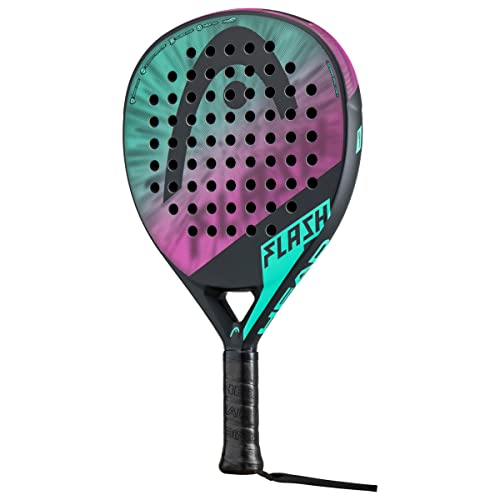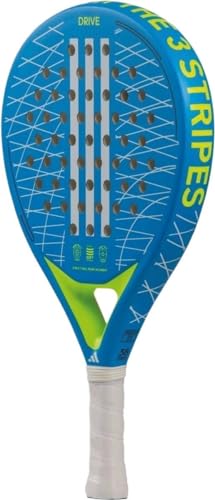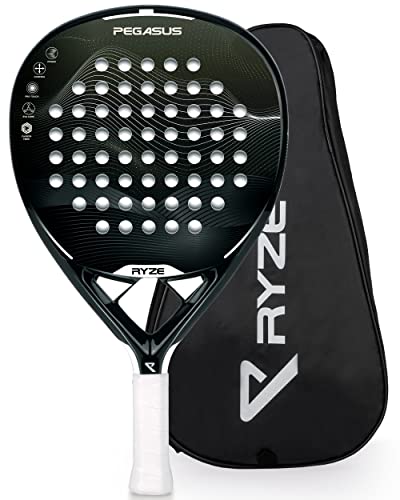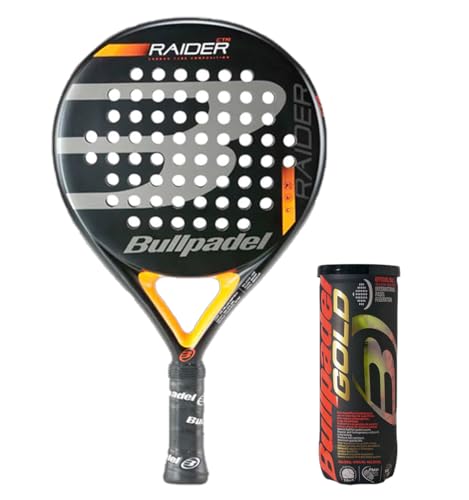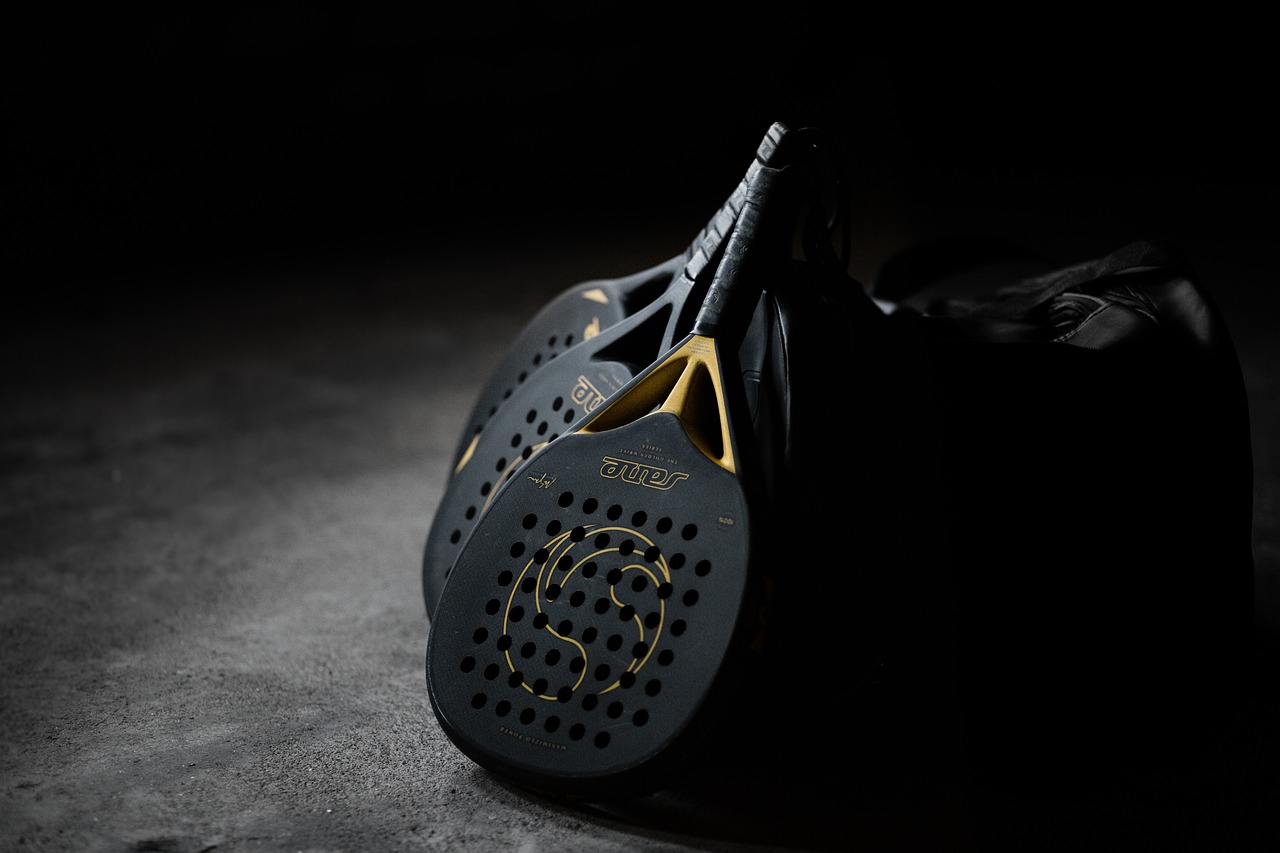When it comes to choosing the perfect padel tennis racquet, one of the most important factors to consider is the materials used in its construction. Padel tennis racquets are typically made from a combination of carbon fiber, fiberglass, and sometimes even graphite. Carbon fiber is known for its strength and stiffness, providing excellent power and control on the court. Fiberglass, on the other hand, adds durability and flexibility to the racquet, making it more forgiving on off-center shots. Graphite is often used in the frame of the racquet to enhance its overall performance.
In addition to the materials used, the weight of a padel tennis racquet also plays a crucial role in determining its playability. Padel tennis racquets come in a variety of weights, ranging from light to heavy. Lighter racquets are easier to maneuver and are ideal for players who rely on speed and agility. On the other hand, heavier racquets provide more stability and power, making them suitable for players who prefer a more aggressive playing style. Ultimately, the weight of the racquet should be chosen based on your individual preferences and playing ability.
Finding the right balance between materials and weight is essential to finding your perfect padel tennis racquet. Consider your playing style, skill level, and physical strength when selecting a racquet. Whether you prefer a lightweight racquet for quick and precise shots or a heavier racquet for more power and stability, make sure to test out different options to find the one that feels most comfortable in your hands. Ultimately, finding the perfect combination of materials and weight will help you elevate your game on the padel tennis court.
Grip Size and Shape Tips
When it comes to choosing the perfect padel tennis racquet, one of the most important factors to consider is the grip size and shape. The grip size refers to the circumference of the handle, and it plays a crucial role in how comfortable and secure you feel while playing. A grip that is too small can lead to hand fatigue and lack of control, while a grip that is too large can cause discomfort and hinder your ability to maneuver the racquet effectively.
To determine the right grip size for you, it's recommended to hold the padel tennis racquet in your dominant hand with a firm grip. There should be enough space between your fingertips and the palm of your hand to comfortably fit a pencil. If there is too much space, the grip is too large, and if there is too little space, the grip is too small. Additionally, consider the shape of the grip – some players prefer a rectangular shape for more control, while others prefer a rounded shape for a more natural feel.
Experimenting with different grip sizes and shapes is key to finding the perfect fit for your playing style. Remember that your comfort and performance on the court largely depend on how well the padel tennis racquet feels in your hand. Don't hesitate to try out different options and consult with a professional if needed to ensure you make the right choice for a fulfilling and enjoyable playing experience.
Head Size and String Tension
When it comes to choosing the right padel tennis racquet, one important factor to consider is head size. The head size of a racquet refers to the size of the hitting surface. Generally, racquets with larger head sizes offer more power and forgiveness, making them ideal for beginners or players who want to generate more pace on their shots. On the other hand, racquets with smaller head sizes provide more control and precision, making them a better choice for advanced players.
In addition to head size, string tension is another crucial element to consider when selecting a padel tennis racquet. String tension refers to the tightness of the strings on the racquet. Higher string tension provides more control and accuracy, but less power, while lower string tension offers more power and comfort, but less precision. Finding the right string tension for your playing style is essential for maximizing your performance on the court and getting the most out of your padel tennis racquet.
Ultimately, the best head size and string tension for your padel tennis racquet will depend on your individual playing style and preferences. It may take some trial and error to find the perfect combination that suits your game, but experimenting with different options can help you determine what works best for you. Whether you prioritize power, control, or a balance of both, understanding the impact of head size and string tension on your racquet can help you make an informed decision when choosing the perfect padel tennis racquet for your needs.
Choosing the Right Padel Tennis Racquet
Another important consideration is the balance of the padel tennis racquet. A racquet that is head heavy will provide more power and stability for shots, while a racquet that is head light will offer more control and maneuverability. Again, it's essential to try out different balance points to see what works best for your game. Additionally, the shape of the racquet can also impact your performance on the court. Round racquets are great for beginners as they offer a larger sweet spot, while teardrop-shaped racquets are ideal for more advanced players looking for precision and power.
Lastly, the material of the padel tennis racquet can make a significant difference in your overall playing experience. Graphite racquets are lightweight and provide excellent power, making them a popular choice among competitive players. On the other hand, carbon fiber racquets offer a good combination of power and control, making them a versatile option for players of all levels. It's essential to consider all of these factors when choosing a padel tennis racquet to ensure you find the perfect fit for your game.
